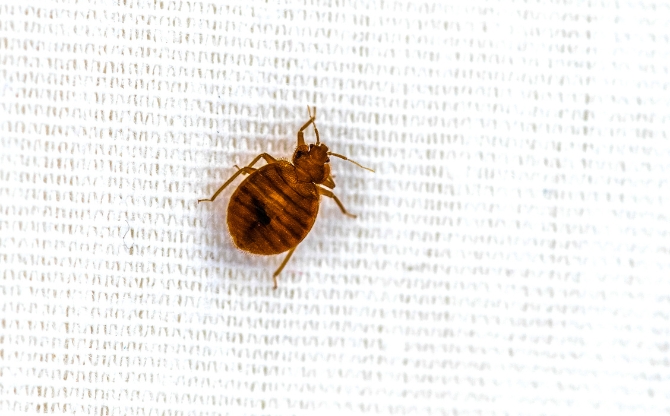Bed bugs are pests that can be found in almost any home. They feed on blood and can cause an infestation to quickly become unmanageable if left untreated.
To prevent or rid a home of bed bug infestations, it’s important to understand their life cycle so you know what steps need to be taken for successful eradication.
How Long Do Bed Bugs Live?
Bed bugs have a short lifespan compared to other insects, living only between 10-12 months in ideal conditions. In the last few months of their life cycle, they will lose body mass and turn darker as they age.
When bed bug populations are left unchecked, they can quickly spread throughout an entire building, making it difficult to get rid of them.
Three Life Stages of Bed Bugs
The life cycle of bed bugs can be divided into three stages: egg, nymph, and adult.
1) Egg Stage
Bed bugs lay their small white eggs in clusters of 6-10, and they can lay up to 200 eggs in their lifetime. These eggs are about the size of a speck of dust and are typically found in warm crevices and cracks around furniture, mattresses, and in wall voids.
After 7-10 days, the eggs hatch and baby bed bugs, or nymphs, emerge. It is hard to see these eggs without a magnifying glass.
2) Nymph Stage
When there are two red dots on one end of an egg, it means a bed bug has hatched and is in its early nymph stage.
At this stage, nymphs resemble smaller versions of adult bed bugs but smaller and lighter in colour. Bed bugs feed on blood for several weeks after hatching and will undergo five different developmental stages before reaching adulthood:
First stage:
These bugs start about 1.5mm in size and are looking for a host to feed on as they grow into full-sized adults. At this point, the bugs are still translucent in colour but will darken to a red-brown as they feed and mature.
Second stage:
The length of bed bugs during their second nymph phase is 2mm. The exoskeleton is left behind as the nymphs moult and grow.
Third stage:
Bed bugs grow to a size of 2.5mm during the third nymph phase, which is more than double the size they were during the egg stage. This is the phase when they begin to look more like adults, with a more oval shape. It is also the phase when baby bed bugs often start biting.
Fourth stage:
The nymphs reach a size of 3mm in the fourth stage and acquire their final colouring. They are no longer yellow or translucent.
These bugs may be present in your home during the nymph stages and are more active at night since they avoid sunlight. Their bites are not painful upon contact due to their small size.
Fifth stage:
When they reach a length of 4.5mm, bed bugs in the nymph stage have completed their final stage. During this time, they do not lay eggs but they start searching for hosts to feed on.
3) Adult Stage
Adult bed bugs are usually reddish-brown and around 4-5mm long. Bed bugs reach full maturity at 10 weeks and can go months without feeding. Their feeding does not produce enough pain for a reaction but instead leaves a mark.
Bed bugs that are adults can grow up to 5.5 millimetres in length and have the ability to lay eggs after their final moult. Female adult bed bugs are capable of laying eggs every 3 to 6 days, thus restarting the cycle.
Takeaway
Knowing the bed bug life cycle can help in understanding why some treatments to eradicate them may be ineffective. By implementing proper preventative measures, hiring professional bed bug control services, and following up with appropriate protocols, it is possible to get rid of these pests for good.




